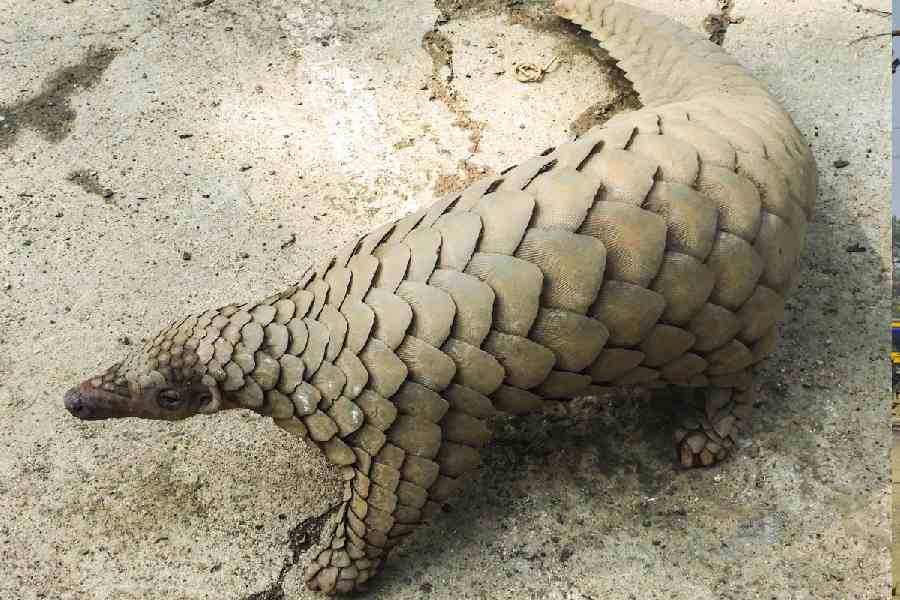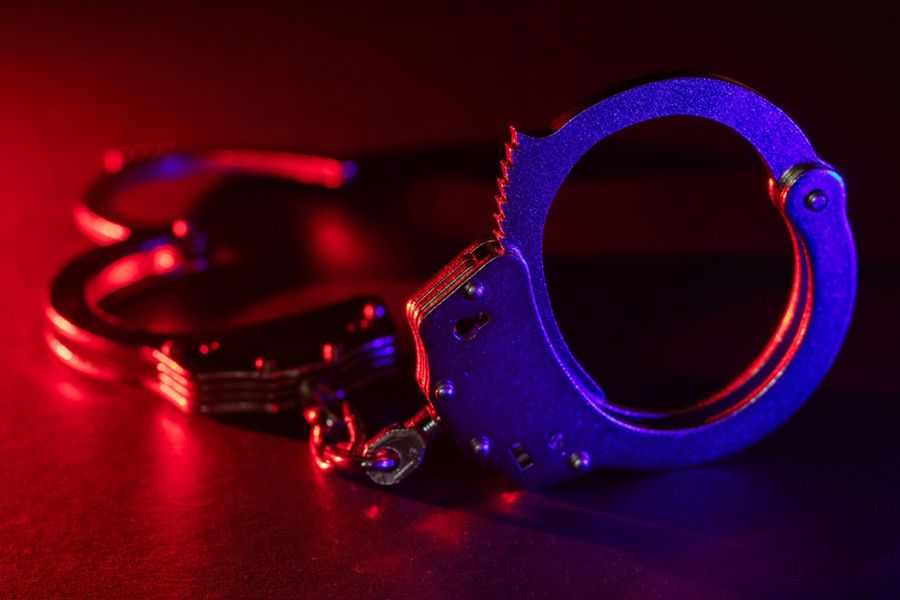Jamshedpur, July 13: The scourge of the recent devastating rain refuses to fade with four lives lost due to water-borne diseases.
But the situation shows no signs of abating.
Rather, as diarrhoea, gastro-enteritis and dysentery patients pouring into the MGM Medical College and Hospital and Tata Main Hospital increase by the day, hospitals and nursing homes in and around Jamshedpur are trying to cope with the rising numbers.
Until yesterday, 12 children were undergoing treatment at MGM Medical College and Hospital. Today, 10 more patients of water-borne diseases have been admitted at the emergency ward.
“We have enough saline bottles but the painkillers have to be bought by the patients’ families,” said hospital sources.
Already four deaths have been reported from Chandil, Bagbera and Nimdih.
Other badly hit places are Ranidih, Matladih, Sankosai and Nagadih.
The recent death of 10-year-old Dhusing Burivali in Beradhipa has sent a shiver of panic through the district health department.
“The official number of diarrhoea and dysentery affected in East Singhbhum until Wednesday is 13,” said civil surgeon S.K. Ravi.
“A health team sent on July 11 has been handling the district’s patients and referring the serious ones to MGM Medical College and Hospital. But a substantial number of patients beyond our purview have been admitted at Jamshedpur hospitals,” said a source.
The Tata Main Hospital reported four new admissions today to the list of 14 patients suffering from diarrhoea and other water-related diseases.
The incessant rains created a crisis of safe drinking water in remote villages.
Usha Tirkey, the mother of another eight-year-old patient at the emergency ward, said that the tubewell in their village in Turamdih had been discharging yellowish water since the rains.
But the hospitals also do not hold out much respite for the patients and their families.
“There are not enough doctors here during this time of the day, so patients are left lying unheeded with only the primary measure of the saline drip,” Tirkey added.
The residents in some areas are unknowingly still using water made impure by sewage and seepage in walls.











